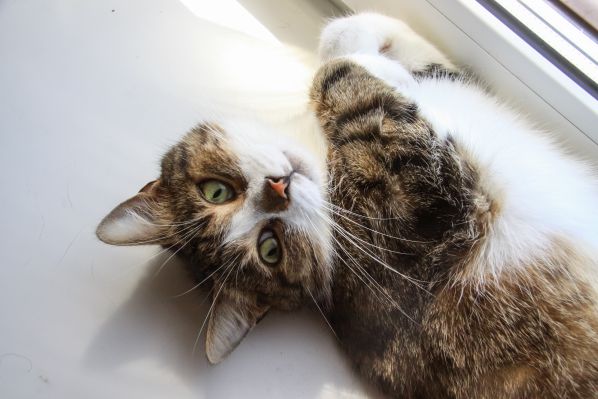How to pet a cat so that your pet gets pleasure
Not every human touch is to a cat's liking.
Surely many of you have encountered a situation when a cat purrs and a second later bites into your hand with its claws and teeth.
Let's figure out what could be causing this behavior of your furry pet.
How to iron correctly
Cats are animals that, unlike humans, do not communicate through touch. For them, the chemistry and smell emitted by the interlocutor are more important.
Therefore, stroking a cat should only occur on the initiative of the animal and only taking into account that it will control the process of caressing itself.

Experts believe that it is preferable to scratch a cat behind the ears, under the chin, on the cheeks where the scent glands are located, and along the muzzle. But the back, sides, paws and tail are taboo areas for humans.
A cat's satisfaction is indicated by purring, pointed ears, a vertically raised tail, and nudging when you stop petting.
But you shouldn’t continue petting if the cat moves away or turns its head away, doesn’t respond to your petting, twitches its whole body, or suddenly starts licking itself.
Earlier we wrote about how a cat “tells” a person that it is in pain.
